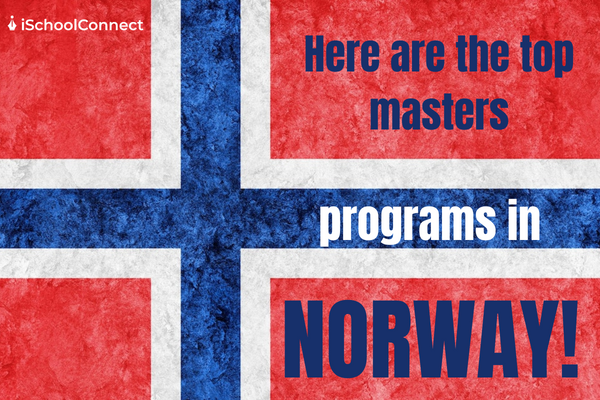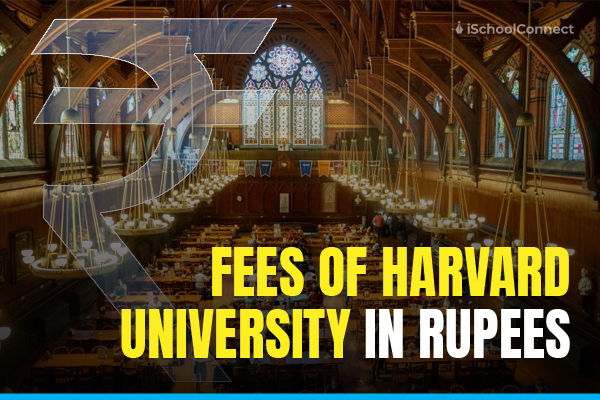Table of Contents
- Masters in Norway for international students
- What postgraduate opportunities are available in Norway in 2024?
- The following are some of the most compelling reasons to pursue a Master’s degree in Norway
- Key details for Master’s study in Norway
- University in Norway for international students
- University rankings in Norway
- Types of courses in Norway
- Norway masters for international students
- Credit allocation and grading
- Master’s tuition and funding in Norway
- Funding
- Key takeaways
- FAQs
Masters in Norway for international students
One of the best aspects of pursuing a Master’s degree in Norway is the country’s openness to international students. Tuition fees are waived for all Master’s programs in Norway, and many are taught in English. It’s no surprise that the country already has approximately 10,000 international students. This blog contains universities, applications, visas, and funding for international students in top master’s program in Norway.
What postgraduate opportunities are available in Norway in 2024?
When you study in Norway, you will have access to some truly unique research opportunities and experiences. Part of the country’s territory is in the Arctic, where some of Norway’s top universities collaborate on cutting-edge scientific research projects.
If your research interests are more in the humanities, studying in Norway allows you to examine the history and culture of exploration and survival in the far north.
Norway’s archives and heritage materials range from Viking settlements to early polar voyages.
The following are some of the most compelling reasons to pursue a Master’s degree in Norway
- There are no tuition fees for Norwegian Master’s programs, which are open to all nationals, including those from outside the EEA.
- Norway is a fantastic place to live, work, and study, consistently ranking near the top for its quality of life.
- Nature lovers can explore pristine fjords, the midnight sun, and the Arctic tundra.
- Language – English is widely spoken and valued as a second language. This means you won’t have to worry about learning Norwegian, though doing so could be beneficial.
Key details for Master’s study in Norway
| Universities | 22 |
| Oldest University | University of Oslo (1811) |
| International Students | 12,400 |
| Course Length | 2 years |
| Typical Fees (Domestic / EU) | None |
| Academic Year | August to June |
University in Norway for international students

Norwegian higher education institutions can be public or private, but the vast majority are state-run. Norway has seven state universities and 22 state university colleges in total. Each institution offers a diverse range of courses and conducts research in various fields.
There are also nine specialized universities, two national art colleges, and several accredited private providers.
Most students in Norway (around 85%) attend public universities. These usually have the most diverse selection of subjects. University colleges primarily offer professional Bachelor’s degrees, but also some teach postgraduate degrees.
University rankings in Norway
Despite its small size, Norway’s higher education system punches far above its weight in international ranking leagues.
As shown in the table below, several Norwegian institutions rank among the top 300 in the world in the QS ranking system.
| University | QS 2022 |
| University of Oslo | 102 |
| University of Bergen | 194 |
| Norwegian University of Science and Technology | 369 |
| UiT The Arctic University of Norway | 440 |
| The University of Stavanger | – |
Types of courses in Norway
The academic year in Norway runs from August to June, with winter and spring breaks and a longer vacation between June and August. As a master’s student in Norway, you’ll probably use this extended vacation to work on your dissertation.
Norwegian master’s degrees typically last two years and include 120 ECTS credits. In some cases, second-cycle programs equivalent to master’s degrees are only 90 ECTS credits long. These are only available to candidates with relevant training and work experience.
Norway masters for international students

In Master’s programs, students are taught through a combination of lectures, seminars, workshops, and tutorials. All master’s students in Norway are required to complete a dissertation, usually completed at the end of a program.
Credit allocation and grading
Each module is graded individually on a scale of A-E (with F denoting a ‘failure’). Their credit weighting will determine how much of your final grade they assign to you. The dissertation will be worth several credits (usually between 30 and 60).
Master’s tuition and funding in Norway
The best part about studying for a master’s in Norway is that there are no tuition fees. University courses at the Bachelor’s, Master, and Ph.D. levels are free as part of the country’s commitment to higher education for all. This is also true for international students.
A semester fee of €30-60 may be required. This includes membership in your university’s student welfare organization and other benefits, such as reduced public transportation prices.
Funding
Though there are no tuition fees for a Norwegian master’s degree, the cost of living in Norway is relatively high. Hence, securing external funding to cover living expenses while studying in Norway is preferable. There are a variety of funding and scholarship packages available to assist you, many of which can be found on the official study in Norway website.
Key takeaways
- Norway can be a unique studying experience, and Norwegian higher education institutions welcome applications from qualified students worldwide. Pursuing a master’s degree in Norway is a good choice as the country is best for international students.
- Despite its small size, Norway’s higher education system punches far above its weight in international ranking leagues. Many Norwegian universities have higher rankings in global ranking systems like QS.
- Master’s programs are taught through lectures, seminars, workshops, and tutorials. All students studying for a master’s degree in Norway must complete a dissertation, usually completed at the end of a program.
Did you find this blog informative? If so, please share your thoughts in the comments section below. Click here to contact us for more information on the master’s program in Norway for international students. We would be happy to assist you with your queries.
Liked this blog? Read next: An introduction to LUT university
FAQs
Q1. How long can one stay in Norway after their master’s program?
Ans- International students can stay in Norway for up to one year after graduating from a Norwegian university or university college to look for work. To avoid legal action, you must apply for a work permit before your current permit expires and after finishing your degree.
Q2. Can I get a job after studying in Norway?
Ans- Any student who has been granted a student residence permit is free to work part-time. However, a student’s study permit does not always translate into a work permit in Norway. In Norway, students can only work 20 hours per week during the school year but up to 40 hours per week during the summer vacation.
Q3. How much bank balance is required for a Norway student visa?
Ans- Please be aware that you will be asked to document that you have enough money to live on at least NOK 126 357 per year (2022). You might have to submit the bank documents each year of your course if you are following a study program that lasts more than one year.






